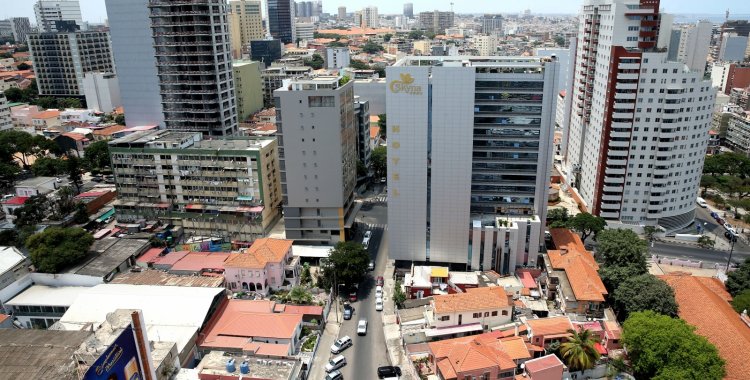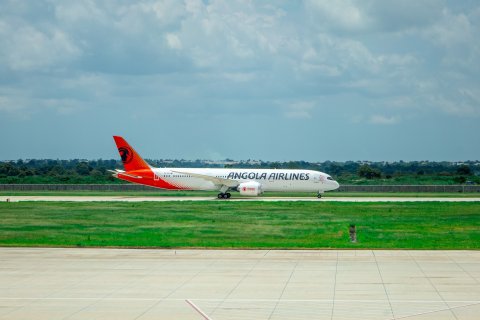The extraction and refining of crude oil and natural gas, with 28.2 percent, is the activity that weighs most on the economy's performance, followed by commerce (19.8 percent), agriculture and forestry (13.0 percent). percent) and other services with 12.4 percent.
According to the Quick Information Sheet (FIR) from the National Statistics Institute (INE), relating to quarterly national accounts, the Gross Value Added (GVA) from oil extraction and refining fell by 2.9 percent in the second quarter 2023, contributing negatively by 0.01 percentage points to the total variation in GDP.
"Although there were positive variations in the production of the extracted quantity of natural gas, LNG (liquefied natural gas) and condensate, there was a drop in the extraction of crude oil, with the latter having a weight of around 90 percent", explains the INE.
The variation resulted from the stoppage of processing, due to a gas leak in the BL6P1-ST1 well in the Belize field, process stoppages in the storage tank, in the FPSO (floating unit) Kizomba A and the low performance of some wells in the Ndungu field .
The GVA of diamond and mineral extraction decreased by 21.9 percent in the second quarter of 2023, with a negative variation in the production of diamond and salt extraction in the order of 22.1 and 52.9 percent, respectively.
The GVA of Agriculture had a year-on-year growth of 1.6 percent, due to the increase in the production of agricultural crops and livestock, while that of fisheries had a growth of 5.6 percent, due to the increase in some large vessels and the entry of more communal aquaculture projects and larviculture centers.
In the manufacturing industry, gross value added grew slightly by around 0.1 percent, with positive contributions from the beverage and tobacco sectors; Chemicals; animal slaughter and meat preparation; oil manufacturing; manufacture of furniture and elaborate metal products, machinery, equipment and transport material.
The electricity GVA increased by 4.9 percent, resulting from the continuous natural evolution of the load and corrective maintenance of voltage transformers and electrical substations, while construction recorded a minimum growth of around 1.4 percent, in this period with a slight increase in the quantity of national and imported cement production.
The Gross Value Added of trade had an increase of around 2.9 percent due to the increase in agricultural production, manufactured and imported goods and the GVA of transport had an increase of around 2.6 percent, thanks to the increase in the number of passengers registered in the private rail, air and road sector.
Postal services and telecommunications saw GVA growth of around 5 percent, driven by the increase in consumption of telecommunications services.
Financial intermediation and insurance increased by around 40 percent, driven by income from the production of insurance companies, as well as commercial banks.
The government's GVA increased by 2.2 percent due to the fact that the public sector recorded an increase in the value of declared salaries compared to the same period last year, while the Other Services group recorded a decrease of around 1.1 percent, due to the decrease in accommodation and restaurant activity.
The FIR presents the quarterly growth rate with seasonal adjustment, year-on-year variation, accumulated growth rates throughout the year, accumulated variation rate over the last four quarters and GDP variation at current prices.







